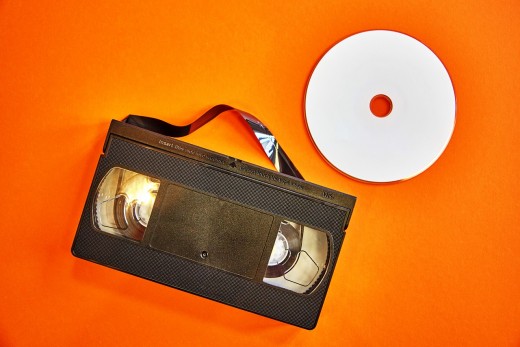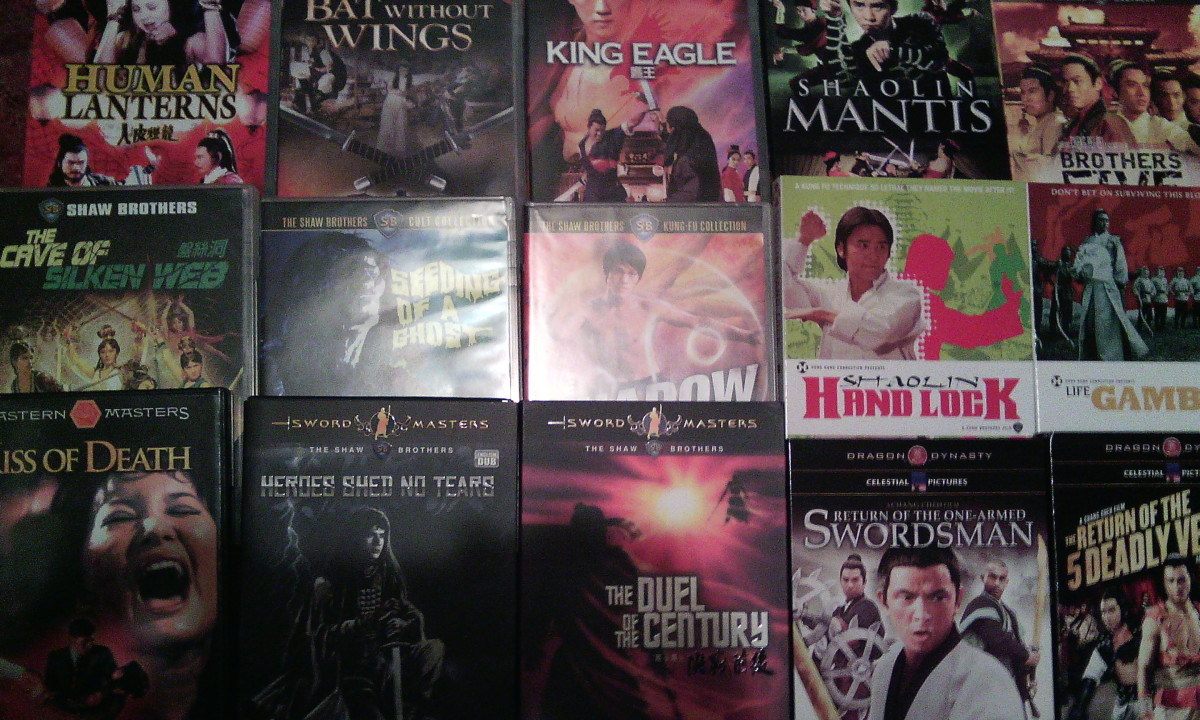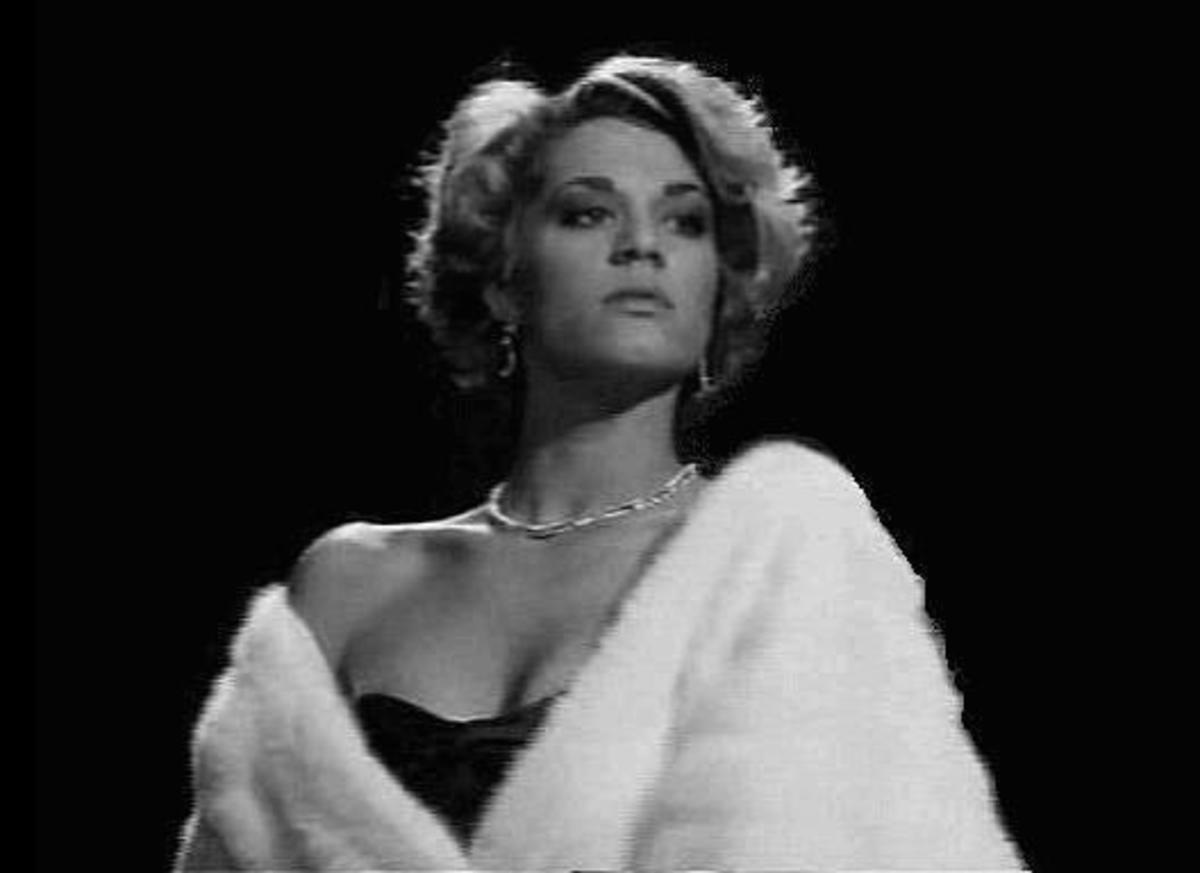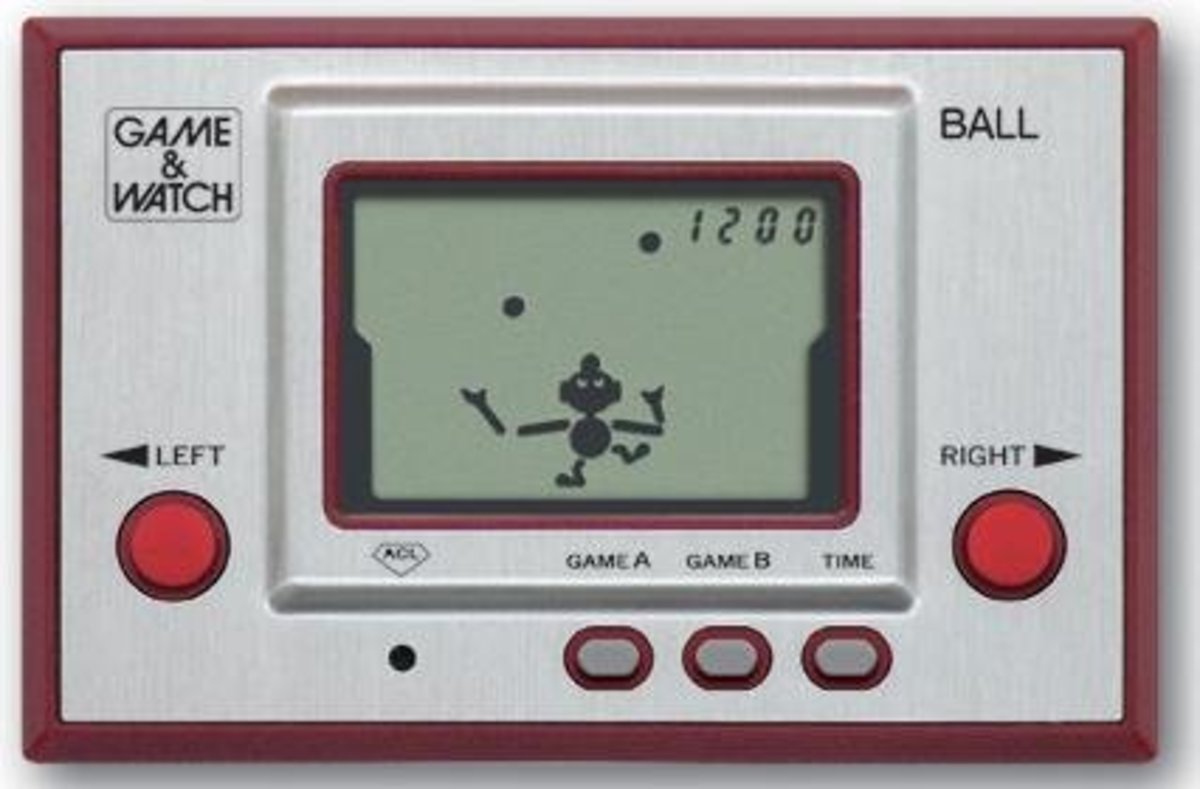Home Video Technology That Broke New Ground

Tapes
For years the only option for viewing movies at home were film projectors, and copies of the film in 16 or 8 millimeter film reels, which were often edited or contained no sound and were usually expensive. Another format that didn't last long was similar to a vinyl record with grooves, played back by needle. However this inherently made it wear out and become unusable with use.
It was in the 1970's that video tapes changed the world by offering a winning combination of affordability, mass availability, the offering of full length films and other media, the ability to record live television and home movies with sound. Betamax and VHS shared the market until VHS came out on top. This would remain the world's top source for home videos for almost three decades.
Discs
While VHS appealed to and was adopted by the masses, there has always been a niche market for those who want better video and audio quality. Laserdisc coexisted with VHS as an alternative that did away with static and offered greater stability, clarity and other features like widescreen and surround sound. However it was large and cumbersome, and lack recording ability. Video CD, using CD-ROM was also sold for a time, but the limited storage space and the high compression needed with the inefficient codecs available at the time made the idea not a real upgrade.
1997 saw the birth of the DVD, which would surpass VHS as the most popular home video format in history. It had the video and audio quality that was sorely lacking in VHS, but at a much smaller size, that of a CD. It also introduced the concept of menus to access portions of a movie, different episodes of a TV series or extra features. This led to the common practice of including extensive behind the scenes bonus material with movies and releasing entire seasons of TV shows for home viewing, something rarely done before DVD.
3D
Three dimensional movies, either recorded with a camera with two lenses or converted that way manually in a computer, require two viewpoints to work, one for your left eye and the other for your right eye. While many are only familiar with low quality red/blue 3D on DVD, better 3D formats have always existed as a niche market.
During the Laserdisc era, a disc format about the size of a record, a number of 3D movies were released with left and right eye views separated from each other for use with shutter glasses, providing a good full color experience similar to modern methods, only in standard definition. Similar encoding was also available on VHS and DVD for many films for use with an adapter for any television, up until the release of Blu-ray 3D which provides much better quality in HD.
HD
For decades people were limited to low resolution television. While attempts were made at HD formats since the early 1990's such as Laserdisc and even a digital VHS system, none hit it off. It wasn't until the mid 2000's that HD-DVD and Blu-ray became embroiled in a format war, with the latter coming out the winner.
Today most people watch streaming HD video, which sometimes takes the form of highly compressed 720p with muted colors and blotchy artifacts. Blu-ray remains a major format despite this for those who value optimum picture and audio quality. More recently 4K Ultra-HD has been added to the options for both Blu-ray and streaming, along with HDR (high dynamic range) and HFR (high frame rate).
Some samples of home video formats through the years can be seen in the video below.








